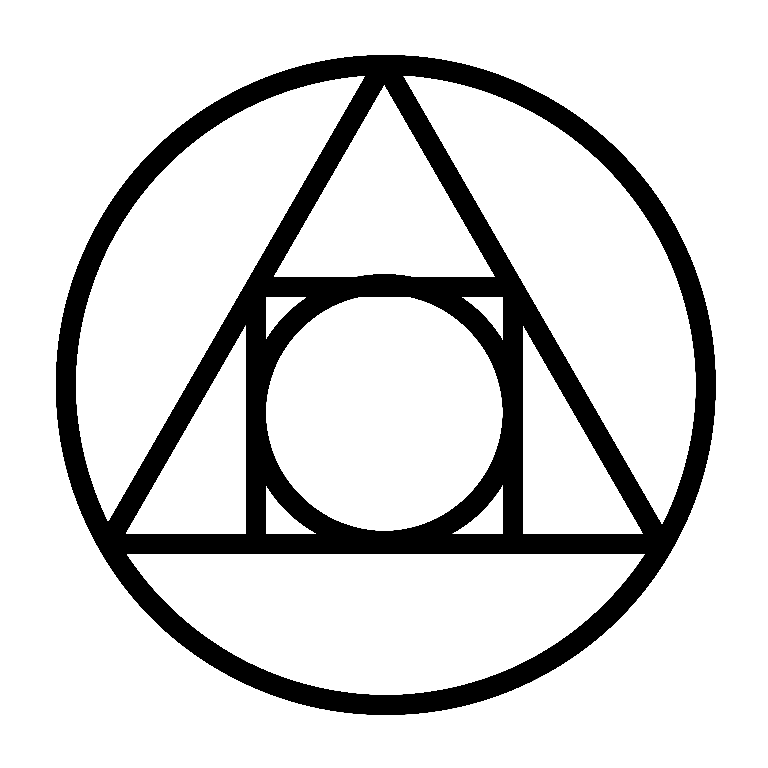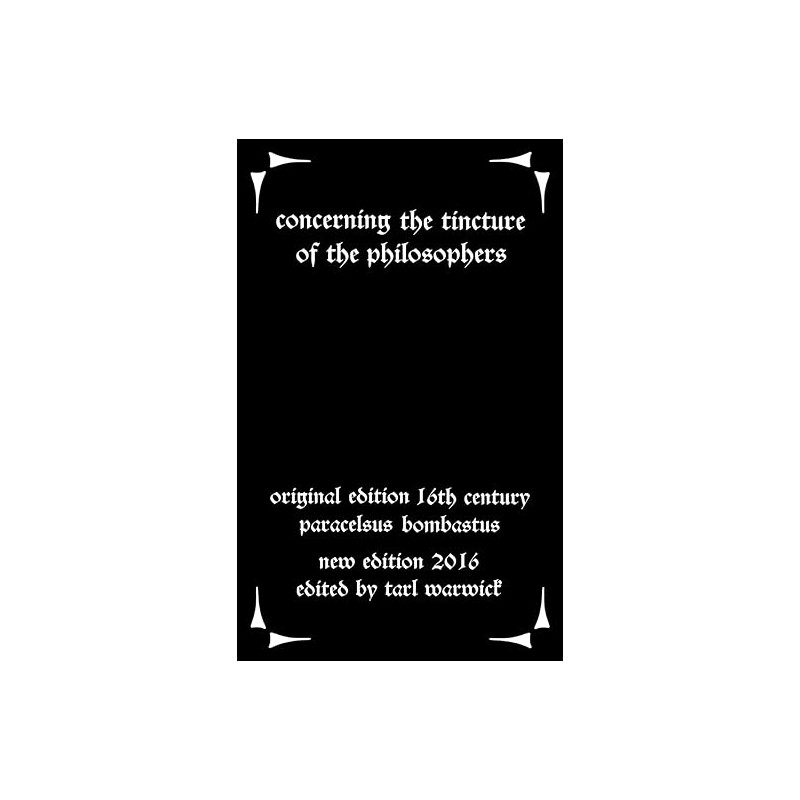Concerning the Tincture of the Philosophers
Bombastus, Paracelsus, Warwick, Tarl
The section “Concerning the Tincture of the Philosophers” from The Hermetic and Alchemical Writings of Paracelsus offers one of the clearest windows into Paracelsus’s most daring claim: that the logic of alchemical transformation applies not only to metals in the furnace but also to the corruptible body of man. Here, the tincture is presented as no ordinary medicine, no mere purge or antidote, but a universal principle of change that transmutes the sickly body as fire transmutes base metal into gold. Its premise is radical. Disease, in Paracelsus’s telling, is not expelled as an enemy; it is re-colored, re-inflected, and absorbed into a nobler form by the power of the tincture itself. Just as iron once tinctured ceases to be iron and becomes a new body altogether, so the jaundiced or dropsical frame, once tinged, is no longer the old, corrupt frame but a new entity of higher constitution.
The logic is consistent with Paracelsus’s broader vision: medicine does not subtract, it transforms. Where Galenic practice relied on balances and purgations, Paracelsus envisions an art of radical renovation. The tincture, he insists, tinges the whole—good and evil alike—until the sum is raised to excellence. Even corruption, he remarks with characteristic audacity, may by “subtle corruption of art” be transmuted into an elixir. In this paradox lies the core of his medical philosophy: that nothing is wasted, that no material is so foul it cannot be redeemed, if only the tincture be properly applied.
He draws his analogies from the metals, as always. Gold made from iron by tincture serves as the archetype of bodily healing: the base is not cast off but made into the precious. The body, once touched by the tincture, loses its “old quality” and takes on the nobility of the new. Nor is there a single tincture, any more than there is a single metal. Each principal organ of the body, like each planetary metal, requires its own proper tincture. Some tinctures arise naturally from crocus, sulphur, and flowers; others must be wrought by art, from stones or realgar. Together they form a system as intricate as the seven metals of antiquity, a medicinal metallurgy of the human form.
Paracelsus even sketches a preparation, though veiled. One must draw forth the essence of the members, separate their elements, and set the fiery portion in digestion until no material residue remains. The matter, sealed with the fabled “lute of Hermes,” is to be placed in a cold, moist chamber, where it reappears as visible substance. This is the tincture, a medicine that—if he is to be believed—does not simply palliate but renews the very ground of life. His directions are elliptical, half recipe, half allegory, and he admits as much. To write more plainly, he warns, would only expose the art to the mockery of the stoics, and so he speaks only to initiates, not to the common crowd.
What strikes the modern reader is less the promise of miraculous cure than the intellectual audacity of the conception. Paracelsus proposes nothing less than a medicine of metamorphosis, a doctrine of health as transmutation, where the boundaries between chemistry, theology, and physiology collapse into one language of tincture and renovation. He blurs the lines between the crucible and the body, between metallurgy and healing, until both are understood as different theaters of the same universal art. The tincture thus becomes emblematic of his whole philosophy: not the banishment of disease but its transformation; not the pursuit of wealth but the renewal of life; not the mechanical operation of the physician but the alchemist’s wager that all things, if properly treated, can be reborn.
This chapter, brief as it is, encapsulates the tension that defines Paracelsus. His medicine is neither entirely symbolic nor entirely practical. It is at once a promise of operative recipes and a metaphysical allegory of renewal. In its ambiguity lies its enduring fascination. The “Tincture of the Philosophers” is less a set of instructions than a manifesto of transformation, declaring that the true physician is also an alchemist, and that the art of healing is inseparable from the art of transmuting nature itself.
Read the full book review here

